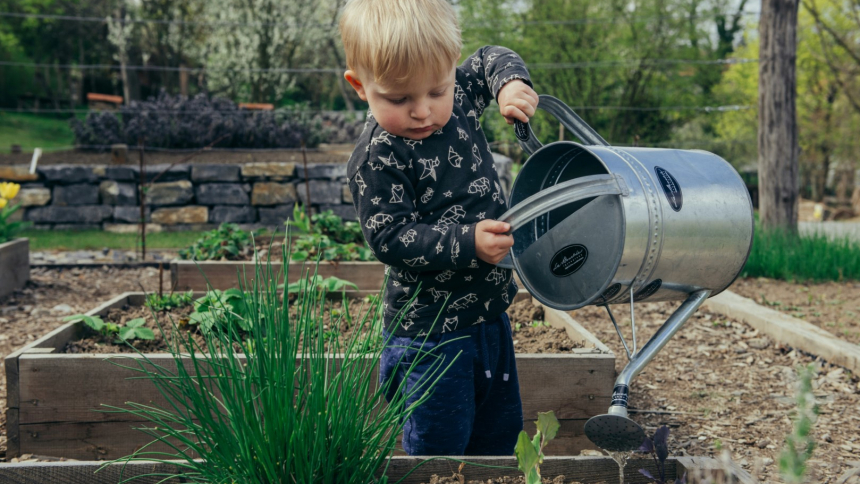
With the rising cost of living, there has never been a better time to add a bit of homegrown goodness to your local produce shopping. Even if you are a bit of a black thumb, you can start with a couple of plants in pots – think chilli or rosemary bushes – and see how you go. They could save you a lot of money in the long run.
There are such diverse growing conditions across our vast State, we recommend asking for a bit of advice from your local gardening centre about the best plants for your region, but here are some ideas to get you started.
Plan your patch
Spring is a good time to plant a lot of different vegies, including beans, capsicum, eggplant, leeks and sweet corn. Cucumbers and tomatoes, though botanically fruit, are also ripe for nurturing this season. But if you don’t have a big back garden, don’t get too carried away trying to grow everything. Choose the fresh produce that you like to eat the most, as you are more likely to look after them once they are in the ground and enjoy eating the fruits of your labours. It is also important to get advice about where you plan to plant in the garden – how much sun does the area get, do you have enough drainage, and how much fertiliser will you need? If you are a newcomer to gardening, rope in a green thumb to help with your first planting. It should be enjoyable, not a chore.
Grow your greens
Hardier leafy greens such as silverbeet, spinach, lettuce and rocket are also ripe for sowing in spring as they can cope with the warmer temperatures. They also pack a nutritious punch, with an array of vitamins and antioxidants that will make you feel good when you bring them to the table. You can put the seeds in seedling trays (one per square) with some potting mix, sprinkle with water and put them out in the sun until the seedlings are a good size. Then transplant to a garden bed or pot. You can also grow direct in pots but ensure the pot has good drainage holes. Bugs such as snails and caterpillars are also rather partial to these green goodies, so you will need to keep an eye on them.
Create a herb garden
Anyone who likes fresh herbs knows how quickly those convenient sleeves can go off in the fridge – you can barely get one meal out of them sometimes. If you want herbs to go further, try growing some at home. Generally, spring is a good time for basil, coriander, parsley, mint and dill, though sage and thyme will also do well if it’s not too hot. Choose a spot where they will get plenty of sunlight and ensure they have good drainage. Water regularly but not too much. If you don’t have a suitable area in the garden, pop them in pots along a window sill. Water regularly but not too much. You can then just snip off a bit as needed – in fact, snipping will promote growth and make them last longer.
Try some bush beauties
If you want to try growing something uniquely Australian, see the Tucker Bush range of plants. WA samphire, which has a similar taste and texture to asparagus, and Warrigal greens, which make a great substitute for spinach or bok choy, are just two native vegetables you could be adding to your diet. Gourmet chefs already love them! There are also native leeks and watercress, a rosella that makes great jams and chutneys, and so much more. Check out Tucker Bush stockists and do your bit to bring Australian flavours back into our diet.